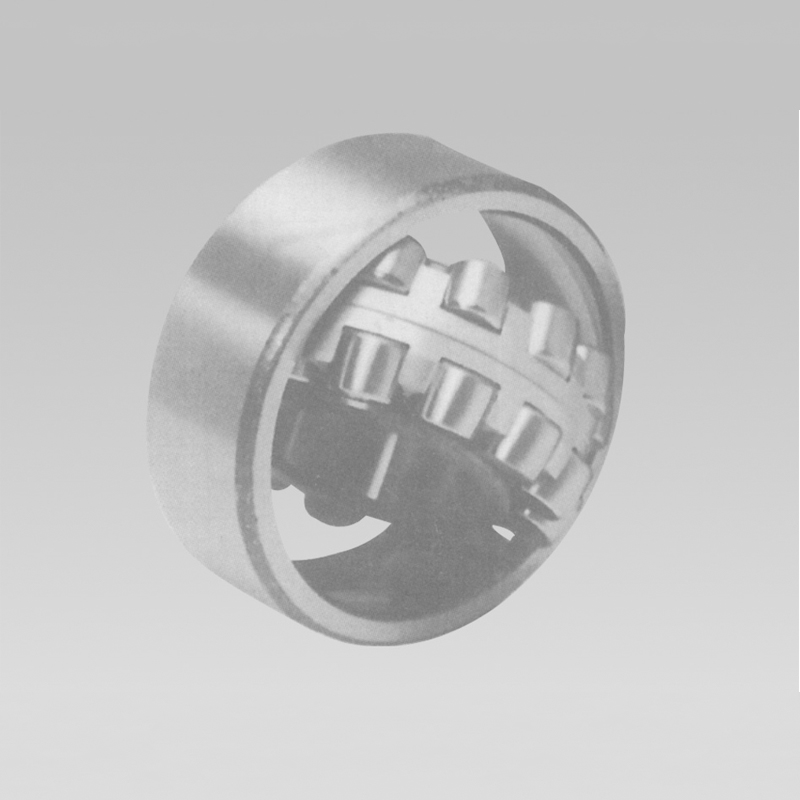
Dec . 14, 2024 00:36 Back to list
Design and Applications of Double Row Thrust Bearings in Mechanical Systems
Double Row Thrust Bearings An Overview
Double row thrust bearings play a crucial role in many mechanical systems by providing support for axial loads in various applications. With their unique design features, these bearings have become an essential component in industries such as automotive, aerospace, manufacturing, and heavy machinery. In this article, we will explore the construction, advantages, applications, and maintenance of double row thrust bearings.
What Are Double Row Thrust Bearings?
Double row thrust bearings are specialized bearings designed to accommodate axial loads in two directions. Unlike single row thrust bearings, which can only handle forces from one direction, double row thrust bearings distribute load across two rows of rolling elements. This configuration enhances their load-bearing capacity and stability, making them suitable for applications that demand high performance and reliability.
Construction and Design
Double row thrust bearings typically consist of an inner ring, an outer ring, and two rows of rolling elements, which can be ball or cylindrical roller types. The inner ring is mounted on the shaft, while the outer ring is housed in a fixed position such as a housing or casing. The rolling elements, which are spaced evenly between the inner and outer rings, facilitate smooth rotational movement and help bear the axial load.
The design of double row thrust bearings is optimized for strength and durability. They often feature advanced materials such as high-quality steel or ceramics, offering resistance to wear and thermal expansion. Additionally, the ability to incorporate lubrication systems ensures reduced friction and heat generation during operation, extending the lifespan of the bearing.
Advantages of Double Row Thrust Bearings
1. High Load Capacity Due to their two rows of rolling elements and robust construction, double row thrust bearings can handle significantly higher loads compared to single row designs. This makes them ideal for applications with heavy axial loads.
2. Improved Stability The dual rows of rolling elements provide enhanced stability and resistance to misalignment. This characteristic is particularly important in dynamic applications where precision is essential.
3. Versatility Available in various designs, sizes, and materials, double row thrust bearings can be tailored to specific operational requirements. This adaptability allows them to be used across different industries and environments.
4. Reduced Maintenance With proper lubrication and installation, double row thrust bearings can function for extended periods without significant maintenance, leading to lower operational costs and downtime.
double row thrust bearing

5. Vibration Resistance Their design helps minimize vibrations, which can lead to improved performance in machines that are sensitive to vibrational impacts.
Applications
Double row thrust bearings are employed in various applications, including
- Industrial Machinery Used in presses, mills, and lathes, where they support the thrust generated by the machine's movements. - Automotive Industry Found in components such as clutches and differentials, where they manage the axial loads during operation. - Aerospace Utilized in turbine engines and landing gear systems, where reliability under extreme conditions is paramount. - Marine Applications Used in ship propulsion systems, offering durability against harsh marine environments.
Maintenance and Best Practices
To ensure the longevity and optimal performance of double row thrust bearings, regular maintenance is essential. Here are some best practices
1. Proper Lubrication Regularly check and maintain lubrication levels. Depending on the application, select suitable lubricants that can withstand the operational environment.
2. Monitoring for Wear Keep an eye out for abnormal noises or vibrations, which may indicate wear or misalignment. Regular inspections can help identify potential issues early.
3. Correct Installation Ensure proper alignment and fit during installation to prevent premature failure. Follow the manufacturer’s guidelines and specifications for installation procedures.
4. Environmental Considerations Protect bearings from contaminants such as dust, dirt, and moisture, which can degrade their performance. Using seals or shields can enhance longevity in challenging environments.
Conclusion
Double row thrust bearings are a vital component in many mechanical systems, offering exceptional load capacity, stability, and versatility. As industries continue to evolve, the demand for reliable and efficient bearing solutions remains strong. Understanding the characteristics and maintenance practices associated with double row thrust bearings can help optimize their performance and ensure the longevity of critical machinery. Through proper application and upkeep, these bearings will continue to play a foundational role in engineering and manufacturing processes worldwide.
Latest news
-
Premium Deep Groove Ball Bearings | High Speed & Reliability
NewsAug.29,2025
-
Durable Scaffolding Clamps - Secure & Reliable Tube Connectors
NewsAug.28,2025
-
Common Failures in Thrust Ball Bearings and Solutions
NewsAug.22,2025
-
How Tapered Roller Bearings Can Take Shock Loads
NewsAug.22,2025
-
Angular Bearings in High-Precision Spindles
NewsAug.22,2025
-
The Impact of Misalignment on Cylindrical Roller Bearing Performance
NewsAug.22,2025
